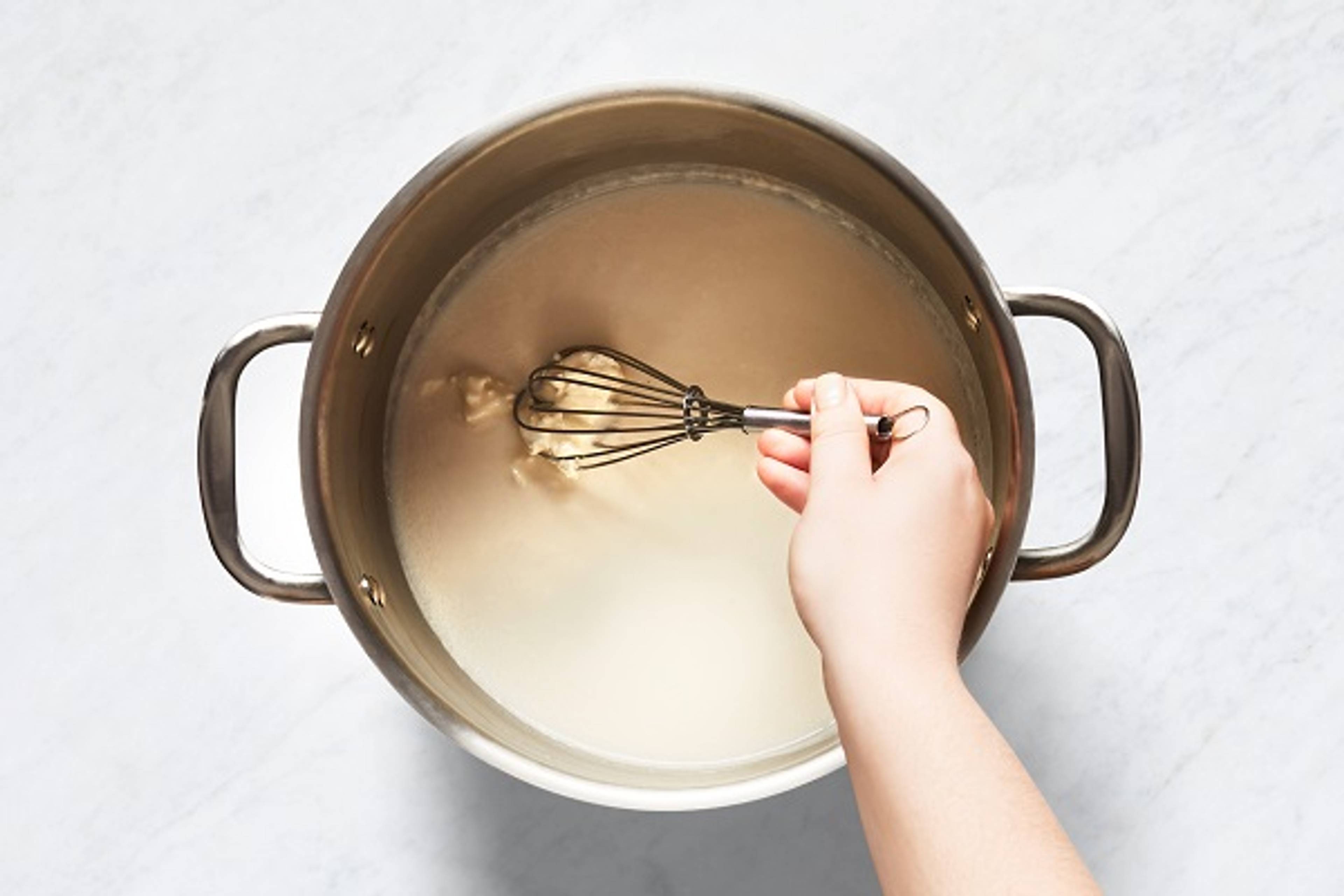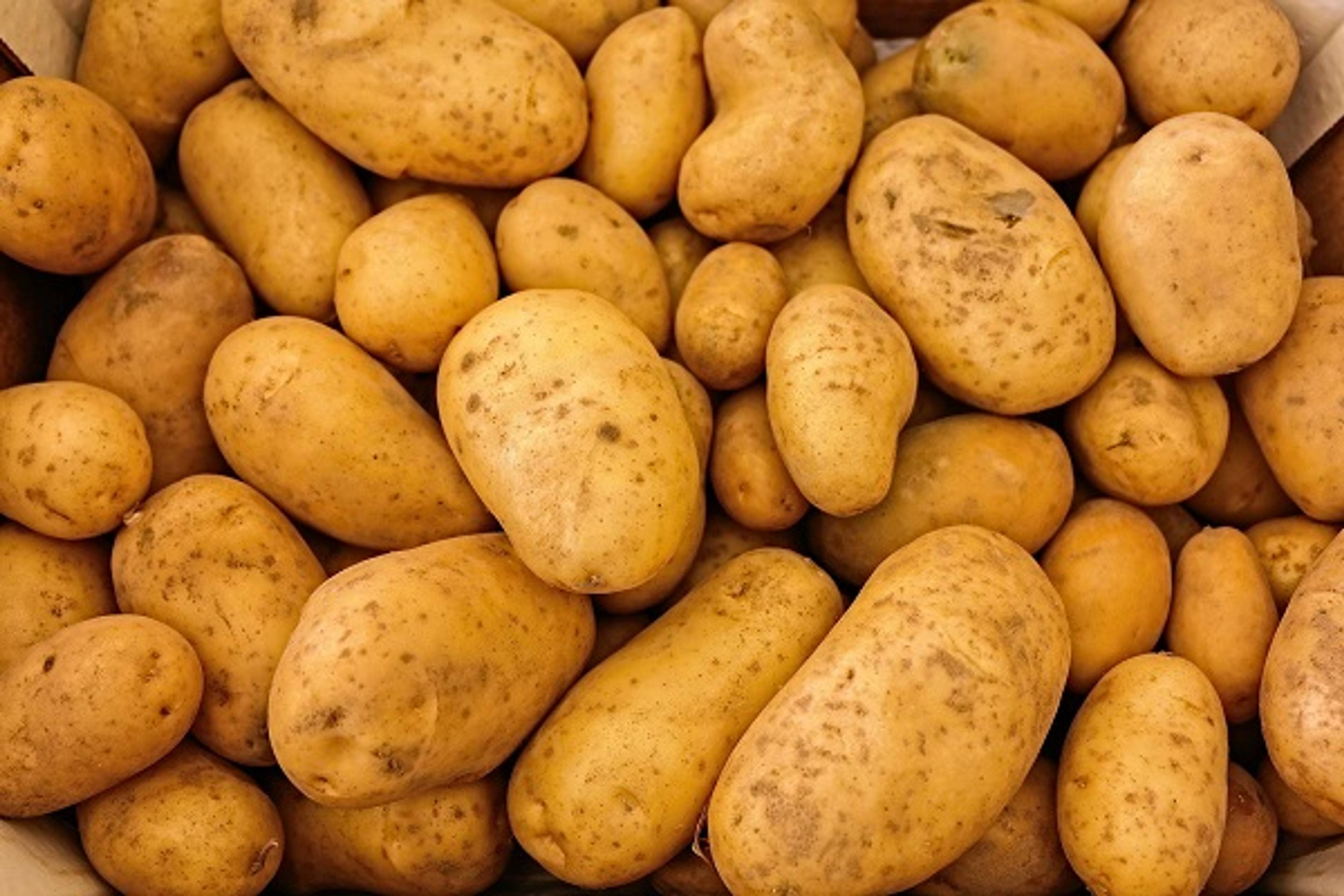How to Thicken Soup: 8 Tips and Techniques
Soups 101
Some soups, like chicken noodleand miso, are best when brothy. But others, such as gumbo and chowder, are better with a hearty and rich texture. And sometimes you just want your soup to feel thicker and more filling so it’s a more satisfying meal.
Here are eight great ways to take a soup from watery to full-bodied. Choose your method based on what you have in your pantry and what kind of soup you’re making.

1. What is a Roux? Why Should You Start With One?

2. Add Rice

3. Add Potatoes

4. Add Bread

5. Thicken Soup With Flour or a Starch

6. Add Eggs

7. Purée
